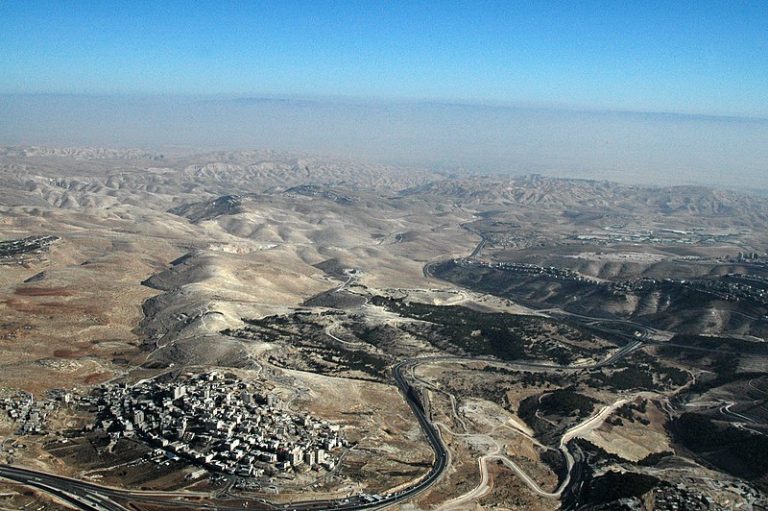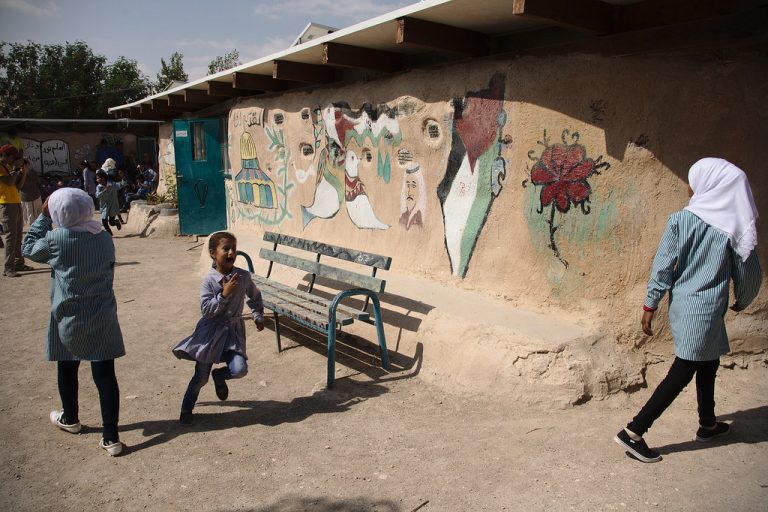
- Maj. Gen. (res.) Gershon Hacohen
- May 28, 2019
- Paper No. 1185
The former commanders who are demanding a referendum on the possible annexation of parts of the West Bank’s Area C misunderstand the threats confronting Israel. One need only consider the latest round of fighting in Gaza to understand what the threat to the cities of the coastal plain would look like if Israel were to give up control of the mountainous terrain dominating the country’s economic-social-industrial heartland.










